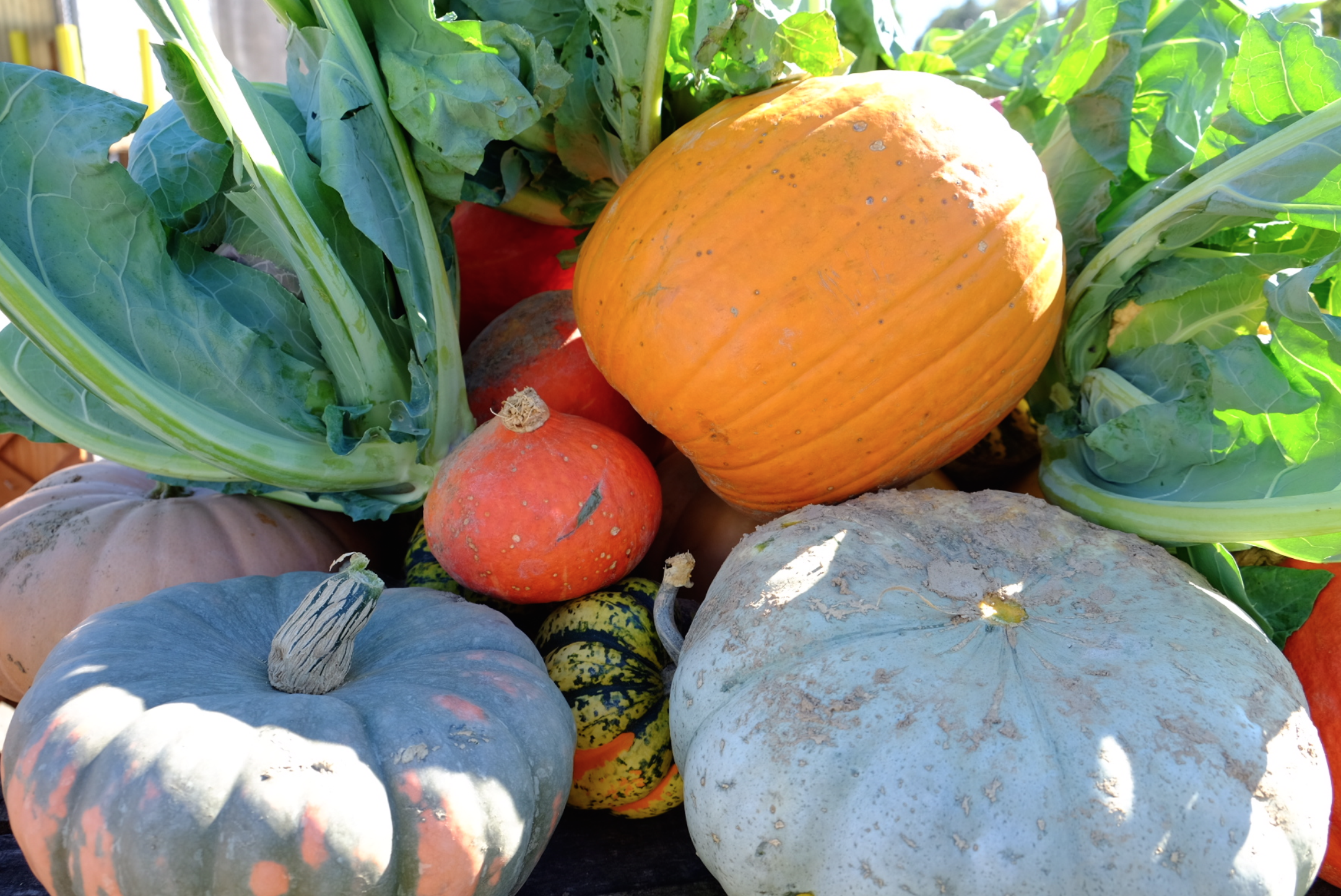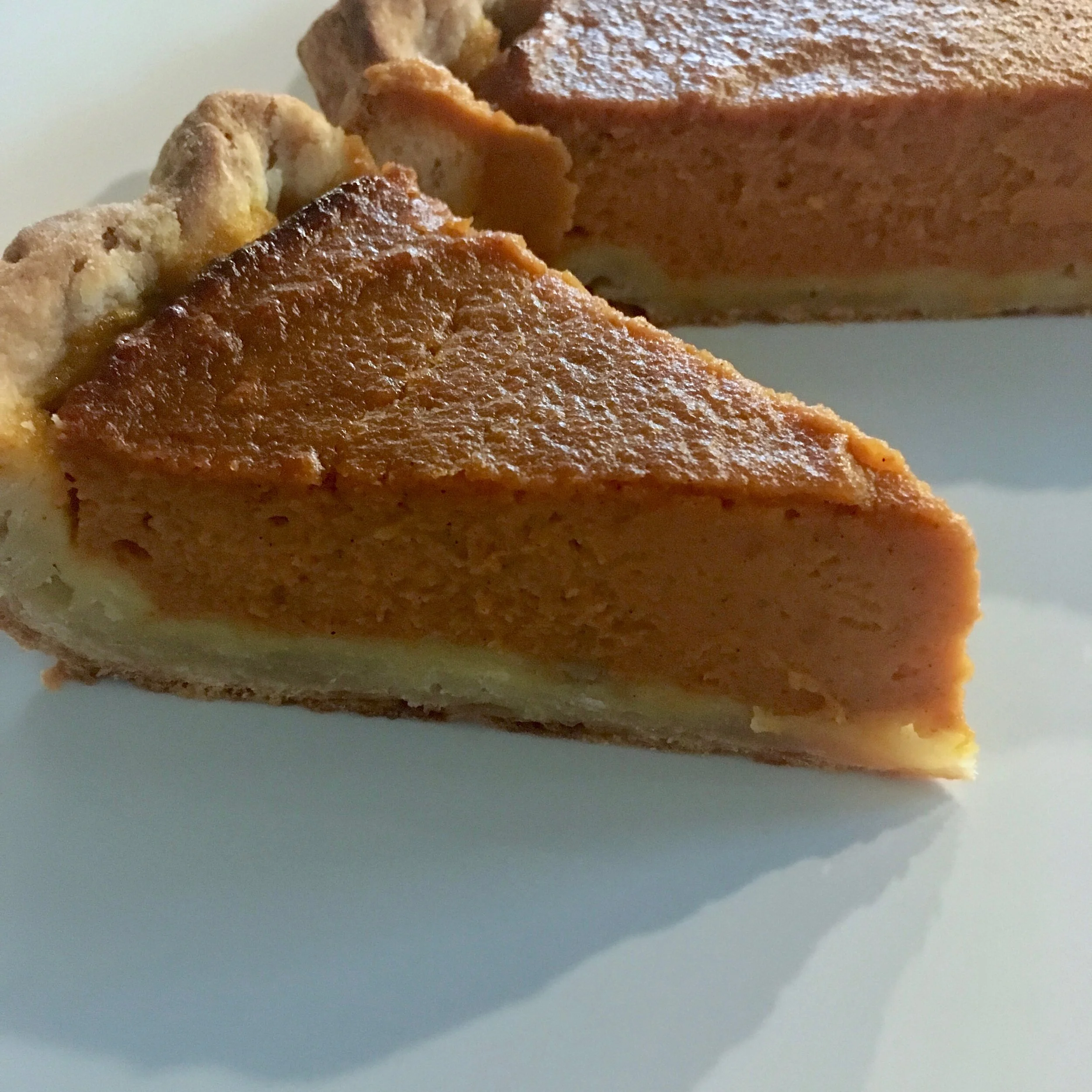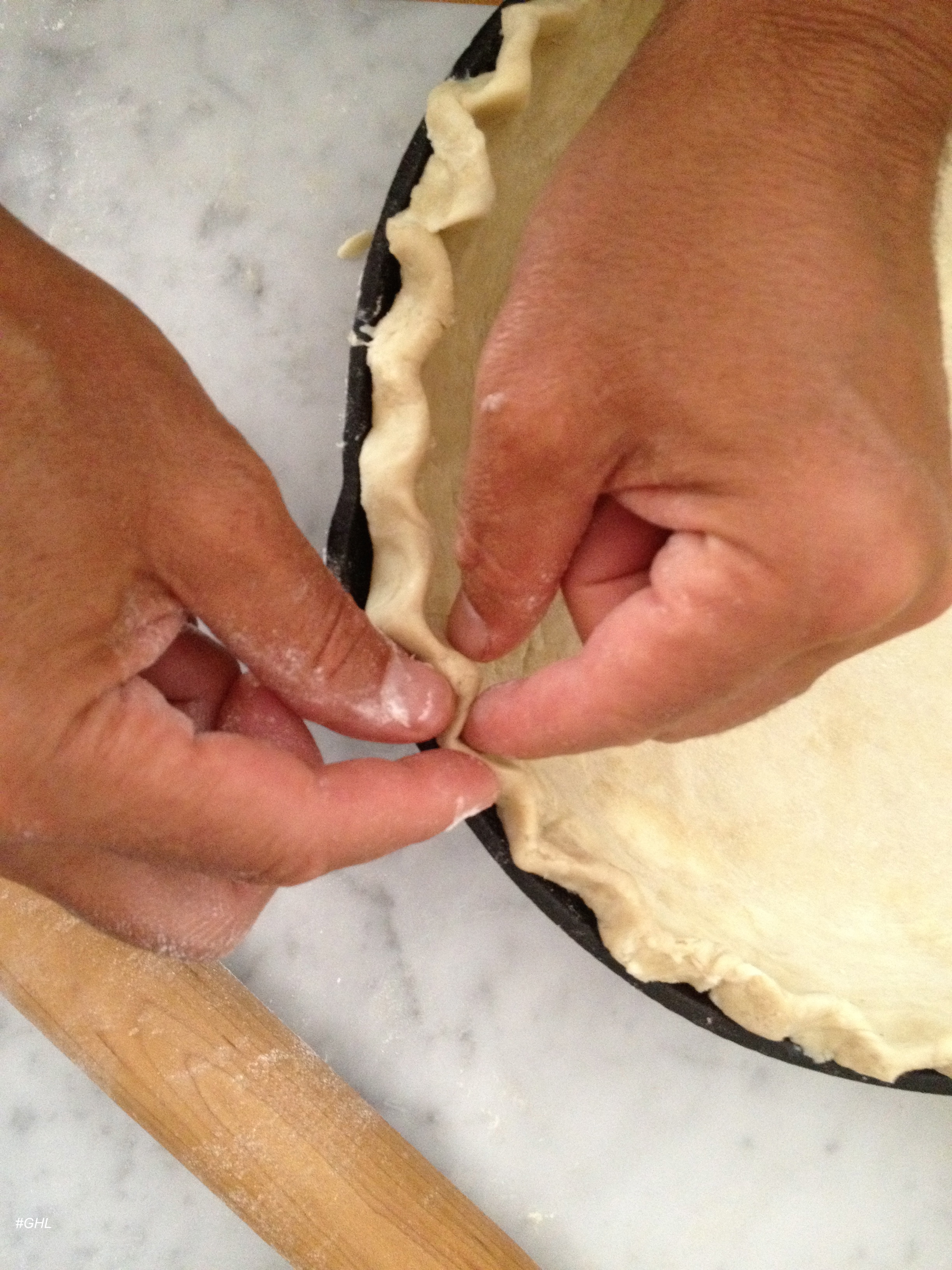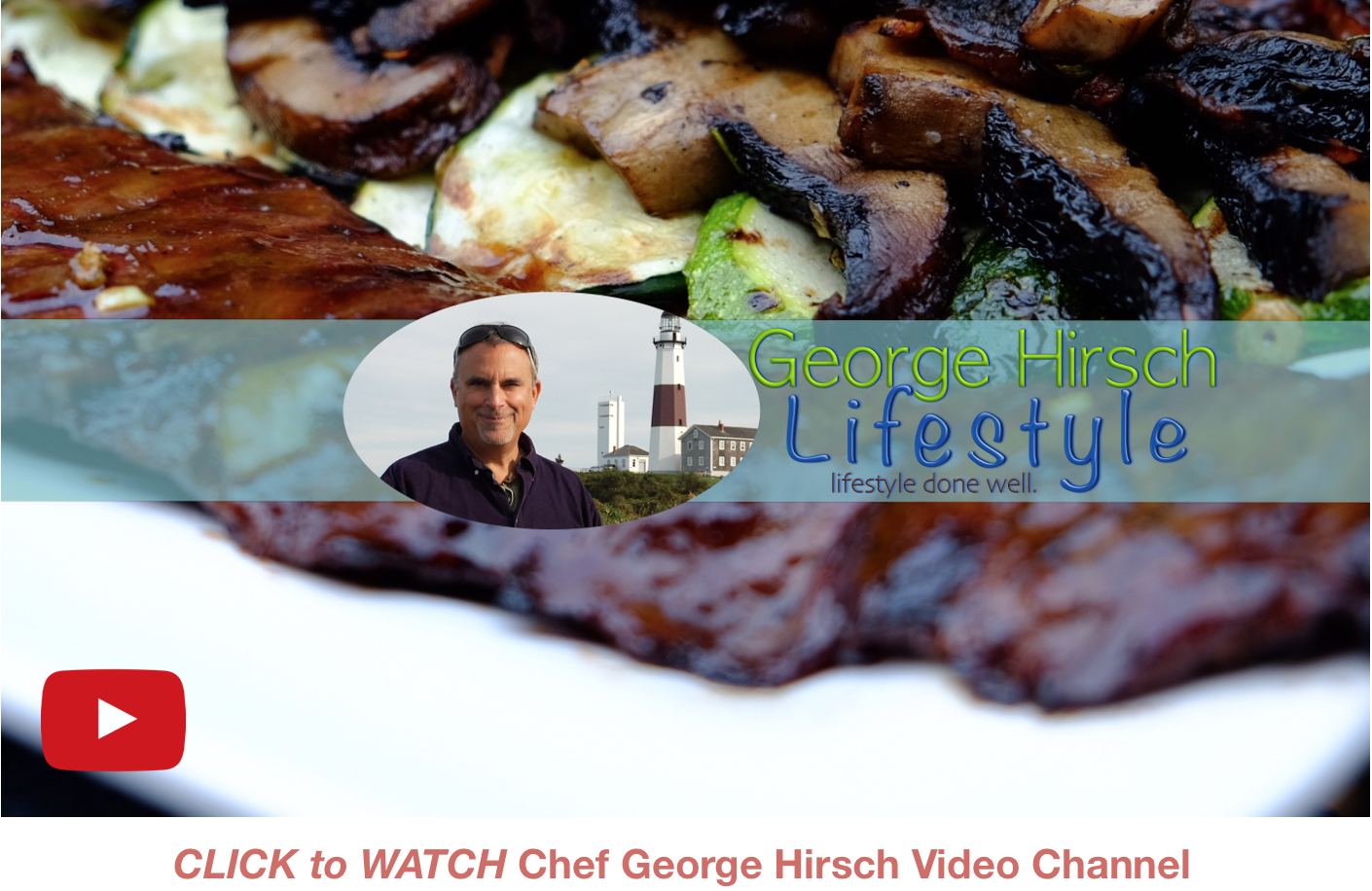‘Tis the season to make pie. And, from the bounty this year, I'll be a busy pie baker. The benefit for my guests is that they will all go home with some pie, and I'll still have some leftovers!
The best pumpkins for pie are sugar pie or pie pumpkins. They have a sweeter, creamier texture with less stringy, watery flesh. Other options include Jarrahdale, Cinderella, Fairytale, and Rouge Vif d'Etampes. When selecting a pumpkin, choose a smaller one that feels heavy for its size, ideally between 2 and 8 pounds.
But what if you don't have time to make the crust? Solution, Pumpkin Crème Brûlée
Pumpkin Pie
Makes eight servings
chefgeorgehirsch.com | George Hirsch Lifestyle
1 recipe pie dough or a 9-inch lightly pre-baked pie crust (*see below)
1/4 cup granulated Turbino sugar
1/4 cup light brown sugar
2 Tablespoons lite-corn syrup
1 teaspoon ground cinnamon
1/4 teaspoon salt
1/2 teaspoon ground ginger
1/4 teaspoon fresh grated nutmeg
1 teaspoon grated orange zest
1 egg plus 2 egg yolks, slightly beaten
1 pound cooked + reduced Cheese Pumpkin puree, or in a pinch, 1- 15 ounce can make Pure Pumpkin
1/2 teaspoon vanilla
1/2 cup heavy cream
2 Tablespoons butter, melted
Fresh Chantilly Cream
Preheat oven to 425°F.
Step One: Combine sugars, salt, cinnamon, ginger, nutmeg, eggs, and orange zest in a small bowl. Stir in corn syrup, pumpkin, and vanilla into the egg and spice mixture. Gradually stir in heavy cream and melted butter. Do not whip.
Step Two: Pour into a lightly pre-baked pie shell.
Step Three: Bake for 15 minutes. Reduce the temperature to 350°F. Bake for 40 to 50 minutes or untila knife inserted near the center comes out clean. Cool on a wire rack for 2 hours. Serve with fresh Chantilly Cream.
Optional, to bloom the pumpkin flavor:
For best results, mix step one the day before and store in a covered bowl in the refrigerator until ready to bake.
This recipe, made with butter, will result in a lighter and more flavorful crust.
*George’s Favorite Pie Crust Recipe
Makes one pie or two bottom crusts. RECIPE CONTINUED BELOW
chefgeorgehirsch.com | George Hirsch Lifestyle
1/2 cup butter
1 1/2 cups all-purpose flour
1/2 teaspoon salt
1 teaspoon sugar
1 teaspoon baking powder
1/2 cup cold milk
Chill the butter and milk before you begin. Chilling keeps the pie crust flaky and prevents the fat pieces from melting into the flour and becoming tough.
Next, mix the flour, salt, sugar, and baking powder. Cut the chilled butter into the dry mixture using a pastry cutter, or pinch the fat into the mixture with your hands. The mixture should have fat lumps no larger than the size of raisins; if making pie crust in the summertime, cool off the flour by measuring your flour, and refrigerate one hour before making the dough.
Pour in the chilled liquid until the milk is absorbed, mixing gently with a fork. You should be able to press the dough into a ball gently. Mix the dough as little as possible: you don't want to cream the butter's lumps into the flour. A crust without lumps of butter will be dense, not flaky. Note that humidity will affect how much liquid the flour will absorb.
Split the dough into two equal parts. Pat them into balls, flatten them slightly, and wrap them in plastic wrap. The dough needs to rest in the refrigerator for at least 30 minutes. Overnight is preferred. Chilling lets the flour absorb all of the liquid, lets the dough relax, becomes more elastic, and keeps the fat in separate pieces, giving the crust a lighter texture when baked.












